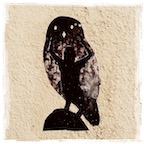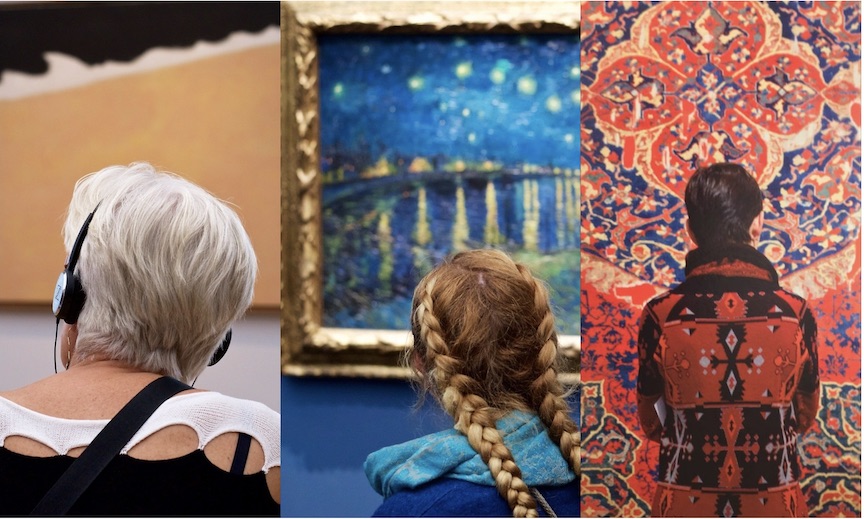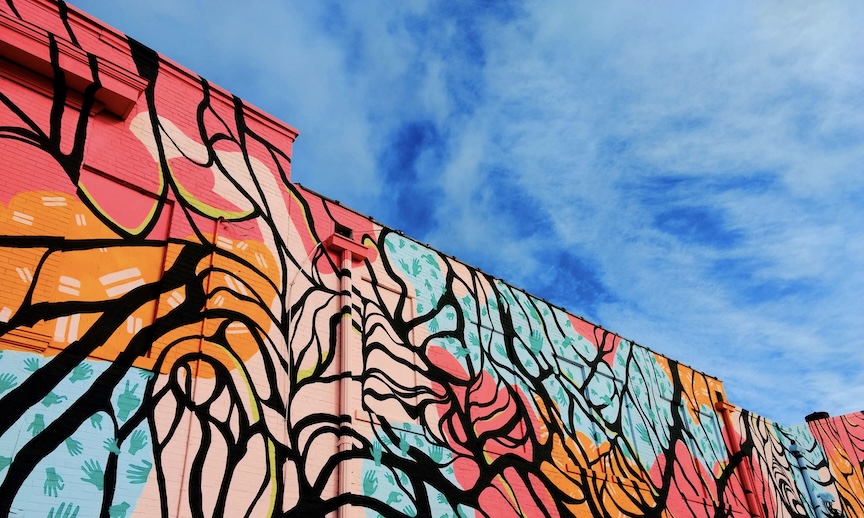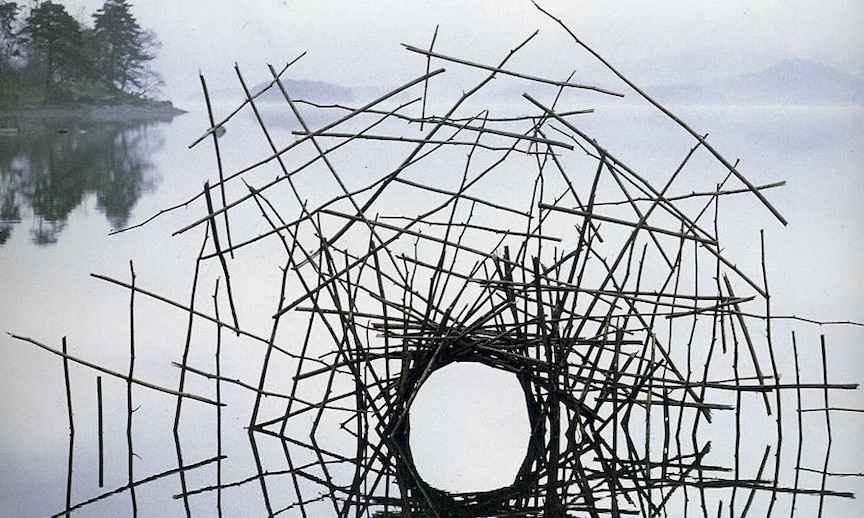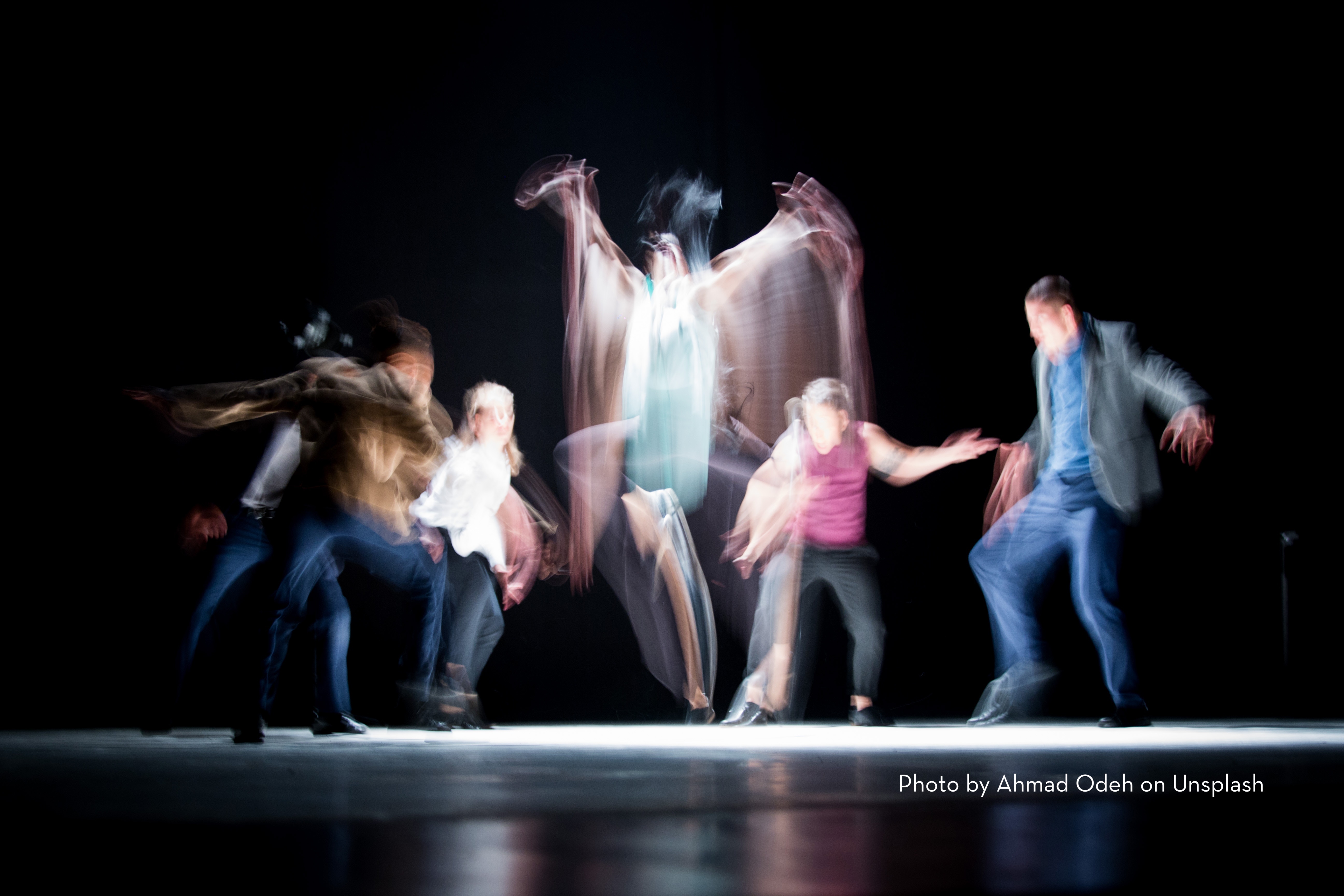BASED ON ACTUAL EVENTS
Stefan Draschan is a photographer with an interesting perspective. I’ve been seeing his work featured in articles online for a few years, and now I follow him on Instagram. “People Matching Artworks” is the series for which he’s primarily known.
His subjects are art museums — the artwork displayed in them and the patrons viewing the art. He waits and watches for synchronous connections between the art and its observers, capturing these matches in photographs. The connection between the two subjects may be color or shape, hairstyle or costume, posture or attitude, or any combination of these. Sometimes it looks like the museum-goer has become a part of the painting. Sometimes the patrons appear as contemporary versions of the classical subjects depicted.
The images burst forth with a unique vitality and movement, the paintings within the photos seeming to spark to life in a fresh way. It’s a communion, a spirited conversation between viewer and artwork and artist(s). And then we — as viewers of the viewing — can’t help but be drawn into the process. Someone could take a photo of us looking at a photo of someone looking at a masterpiece…
Google “Stefan Draschan” or “People Matching Artworks” — there are so many great examples I wanted to share. They’re all wonderful.
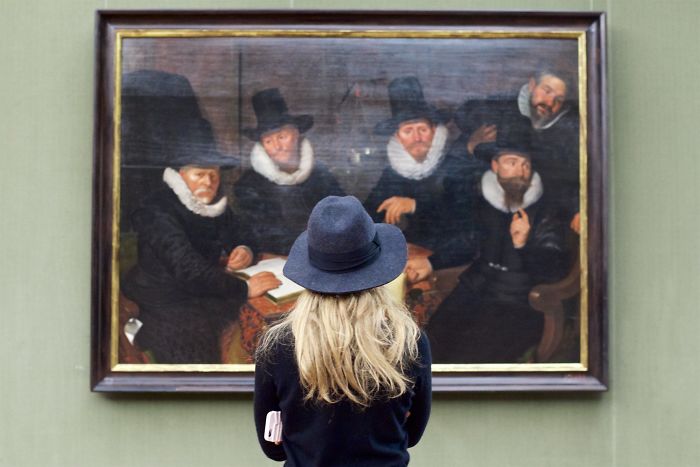
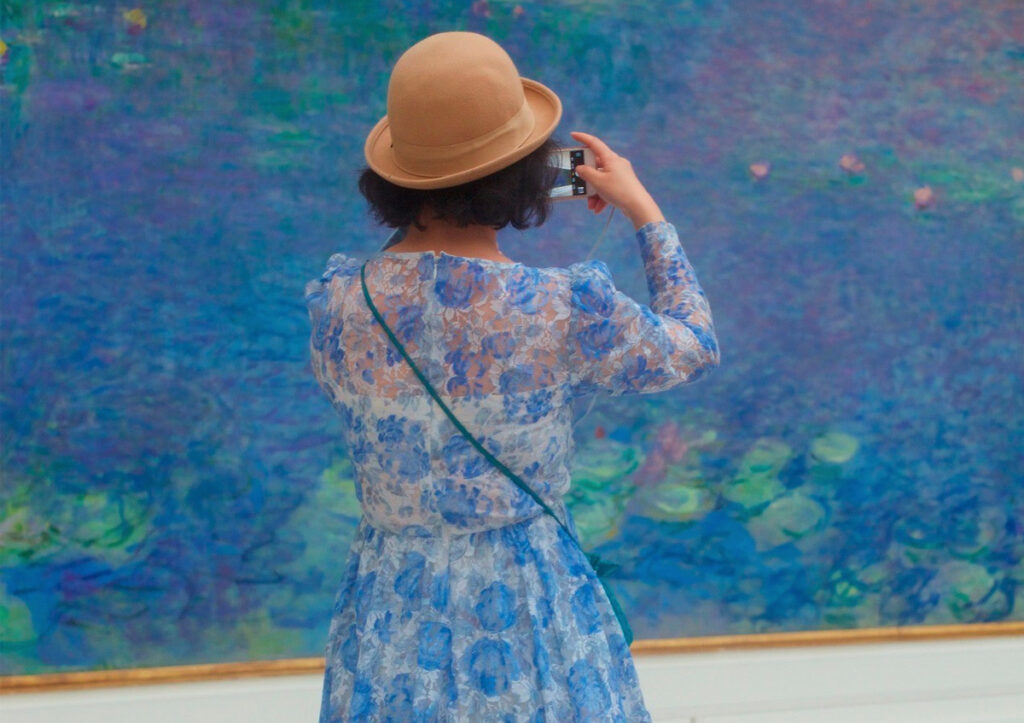
At first, I was inclined to think of them as nifty coincidences. Charming, yes, but perhaps a bit of a one-note gimmick. As I considered the images more deeply, however, I began to recognize them as studies in the relationship between Life and Art. It seems to me that they express something about the participatory nature of it all, the fact that it’s always in the interactive experience of something that it comes to life. It’s in the relationship between things, in the relationship between beings and things. That’s where any of it, any of us, has meaning.
Oscar Wilde said, “Life imitates art far more than art imitates life.” Does the viewer assign the meaning and thus “create” the artwork, or is the artwork creating the viewer? Or both?
Such questions have been explored by philosophers and academics and artists for centuries. I’m certainly no expert. But I’ve been thinking about it, especially since last week, when I declared that all of us are “artistic souls.” All of us drawing into actuality that which first exists as a vision, our vision of what is possible.
We are all endowed with a powerfully creative consciousness, perpetually envisioning and imagining our future and then creating it. We live into our future head-first and heart-first. The circumstances and conditions of our lives follow, natural manifestations of our beliefs and expectations.
And — it’s also a little more complicated than that. Because what we are able to envision and imagine for the future is informed by our conditions and circumstances.
I say “informed” rather than “limited” because I’m still mostly inclined to agree with Ernest Holmes and others who asserted that a lot of limitation is self-imposed.
Still, I’m not a complete pie-in-the-sky romantic. Theoretically, we may very well live in a universe of infinite possibility. For practical intents and purposes, though, we’ve got to work with what we’ve got. And what we’ve got includes not just marvelous out-of-the-box ideas but also real-world constraints.
Ernest Holmes said, “Principle is not bound by precedent.” I’ve always liked that. The past doesn’t need to prescribe, define, or limit how things must go in the future. We could create anything.
AND — we always start here, with these conditions, in this world, with these lives. We aren’t in a vacuum, creating out of thin air. We’re doing it with each other in a shared reality.
I’m not exactly sure how this ties in with the photography of Stefan Draschan. Something about life imitating art and vice-versa.
We can think of an artwork as an expression of a pure ideal, a vision conveyed to canvas or marble without obstruction, limited only by the artist’s imagination. But the thing is, as soon as the artwork is displayed, it becomes part of the imagination of everyone who interacts with it. It becomes part of our collective consciousness, a shared reality. It may inspire new visions, opening us up. At the same time, it also becomes part of the “container” — what we believe in, and how we see ourselves and each other.
Something similar goes on with our affirmative prayers and intentions. At first, they communicate an ideal, the future into which we wish to live. Then, as they out-picture into experience, they become something participatory, something communal. Our experience of prayers answered (or not), visions actualized (or not), and the different ways we see life showing up for ourselves and each other (and not) — all this becomes part of the container that we know as the “real world.” And all of our subsequent intentions and prayers will be shaped and informed by it, ad infinitum, on and on for the rest of our lives.
This isn’t a bad thing. It’s not a corruption of our ideal. In fact, the degree to which we are willing and able to ground our visions in this real world spells the difference between generative idealism and cockamamy pipe dreams. A vision based on actual events is relatable and workable. I’m not suggesting that we get so bogged down with practicality that we lose our sparkle, or that we defeat ourselves with dreary pragmatism. I’m just reminding myself that my prayer is only as powerful as I can really believe.
This seems to me a key distinction between fantasy and genuine possibility, between idle wishful thinking and fruitfully inventive creativity. Creativity is honest. Creativity emerges out of actuality. And creativity always includes others.
It happens in the space between. Between me and you, where life touches the world and is touched by it, where what is possible engages with what’s already so.
I can’t wait to be with you this Sunday, January 29, 10:00am at Maple Street Dance Space. XO, Drew
©2023 Drew Groves
